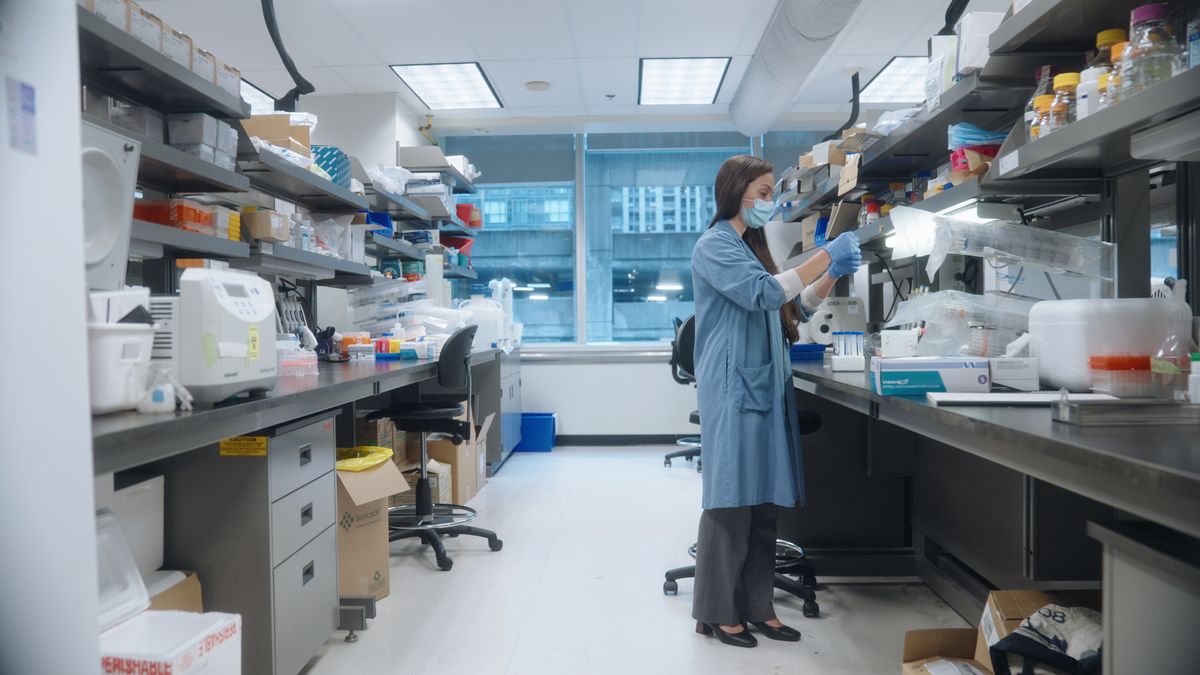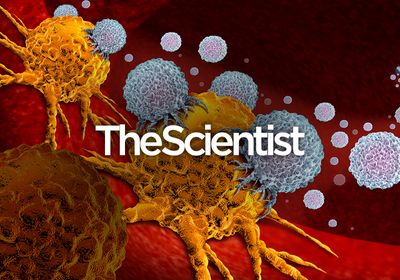
Even with the most sophisticated therapies, aggressive glioblastoma tumors typically come roaring back months later. Surgeons are often unable to remove the entire tumor, and immune cells in brain tumors are often suppressed, keeping them from responding effectively to immunotherapies.1 But a new strategy may heat up these immunologically cold tumors to make them more susceptible to immunotherapy.
Researchers have engineered harmless oncolytic viruses that can trick the immune system into launching a response.2 This strategy can be combined with existing immunotherapies, such as immune checkpoint inhibition, for a potent two-stage attack: first, the virus attracts immune cells to the brain, then checkpoint inhibitors help these cells kill tumor cells. A recently published phase 1/2 clinical trial in Nature Medicine shows that this combination may be able to penetrate glioblastomas’ defenses.3
In this study, patients were treated with a combination of the immune checkpoint inhibitor pembrolizumab and an oncolytic virus called DNX-2401 that scientists engineered to target brain cells.3 To get around the blood-brain barrier, a pump pushed the virus directly into the tumor through a thin copper needle.
More than half of the patients survived at least one year with this combination therapy, a significant improvement compared to a baseline 20 percent one-year survival rate.4 “We didn't really anticipate we would have such a strong increase in overall survival,” said Gelareh Zadeh, a neurosurgeon at the University of Toronto and senior author of the study.
E. Antonio Chiocca, a neurosurgeon at Harvard Medical School and Brigham and Women’s Hospital who was not involved in the study, was also impressed by the trial’s results but is wary because many similar combination therapies have ultimately failed in phase 3 trials.
Part of the challenge is the heterogeneity of glioblastoma patients, he said. Different tumors have different molecular characteristics that might make them better or worse at responding to certain therapies. Without taking that into account in trials, “[drugs] die at the altar of the wrong patient population,” Chiocca said. “Understanding what the biomarkers are and what the therapy is really doing is critical to get this field forward.”
Zadeh agrees. Although she is interested in eventually testing the combination therapy in a phase 3 clinical trial, she first wants to better understand how the tumor immune environment might inform what treatment will be most effective: oncolytic virus alone, checkpoint inhibition alone, or the combination.
She was especially intrigued by a subset of patients who responded remarkably well to the combination therapy, surviving as long as 5 years. She took a closer look at the tumors and found that patients with the best response had neither the least nor the most immune cells. Zadeh hopes that studying the gene expression signatures and other biomarkers of these immunologically “lukewarm” patients might help determine the best candidates for not only the combination therapy, but also for oncolytic viruses and immunotherapy individually
“It’s the concept of precision therapy,” Zadeh said. “With this additional knowledge, it’s a treatment that would hopefully be beneficial to all patients with glioblastoma.”
References
- Aldape K, et al. Challenges to curing primary brain tumours. Nat Rev Clin Oncol. 16(8), 509-520 (2019).
- Harrington K, et al. Optimizing oncolytic virotherapy in cancer treatment. Nat Rev Drug Discov. 18(9), 689-706 (2019).
- Fueyo J, et al. Preclinical characterization of the antiglioma activity of a tropism-enhanced adenovirus targeted to the retinoblastoma pathway. J Natl Cancer Inst. 95(9), 652-660 (2003).
- Nassiri F, et al. Oncolytic DNX-2401 virotherapy plus pembrolizumab in recurrent glioblastoma: a phase 1/2 trial. Nat Med. 29(6), 1370-1378 (2023).
- Stupp R, et al. NovoTTF-100A versus physician’s choice chemotherapy in recurrent glioblastoma: A randomised phase III trial of a novel treatment modality. Eur J Cancer. 48(14), 2192-2202 (2012).






